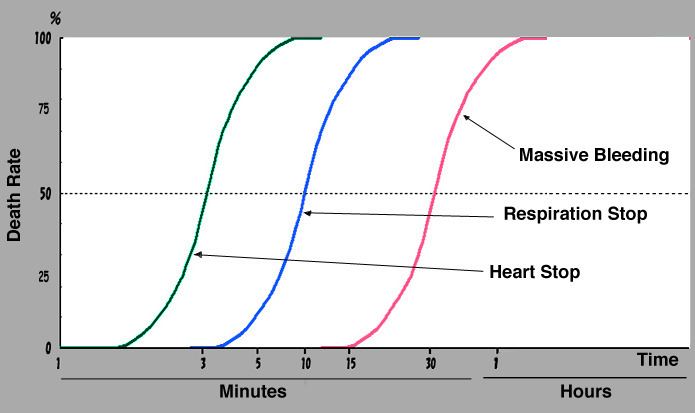 | ||
A window of opportunity (also called a margin of opportunity or critical window) is a period of time during which some action can be taken that will achieve a desired outcome. Once this period is over (the "window has closed"), the specified outcome is no longer possible.
Contents
Examples
Examples of windows of opportunity include:
Timing
The length of a critical window may be well known (as in the case of launch windows) or poorly known (in the case of medical emergencies or climate change). In some cases, there may be multiple windows during which a goal can be achieved.
Automation
In situations with very brief or unpredictable windows of opportunity, automation may be employed to take advantage of these windows, as in algorithmic trading. Real-time computing systems can guarantee responses on the order of milliseconds or less.
Costs
In some time-critical situations, failure to act may entail a continuously increasing cost over time, or a continuously decreasing probability over time of achieving the desired outcome. This may be represented in real-time computing systems by time-utility functions.
Use as a marketing tactic
In some cases, critical windows may be deliberately imposed (or even falsely implied) as a marketing tactic to encourage action, in what is known as a "limited time offer".
